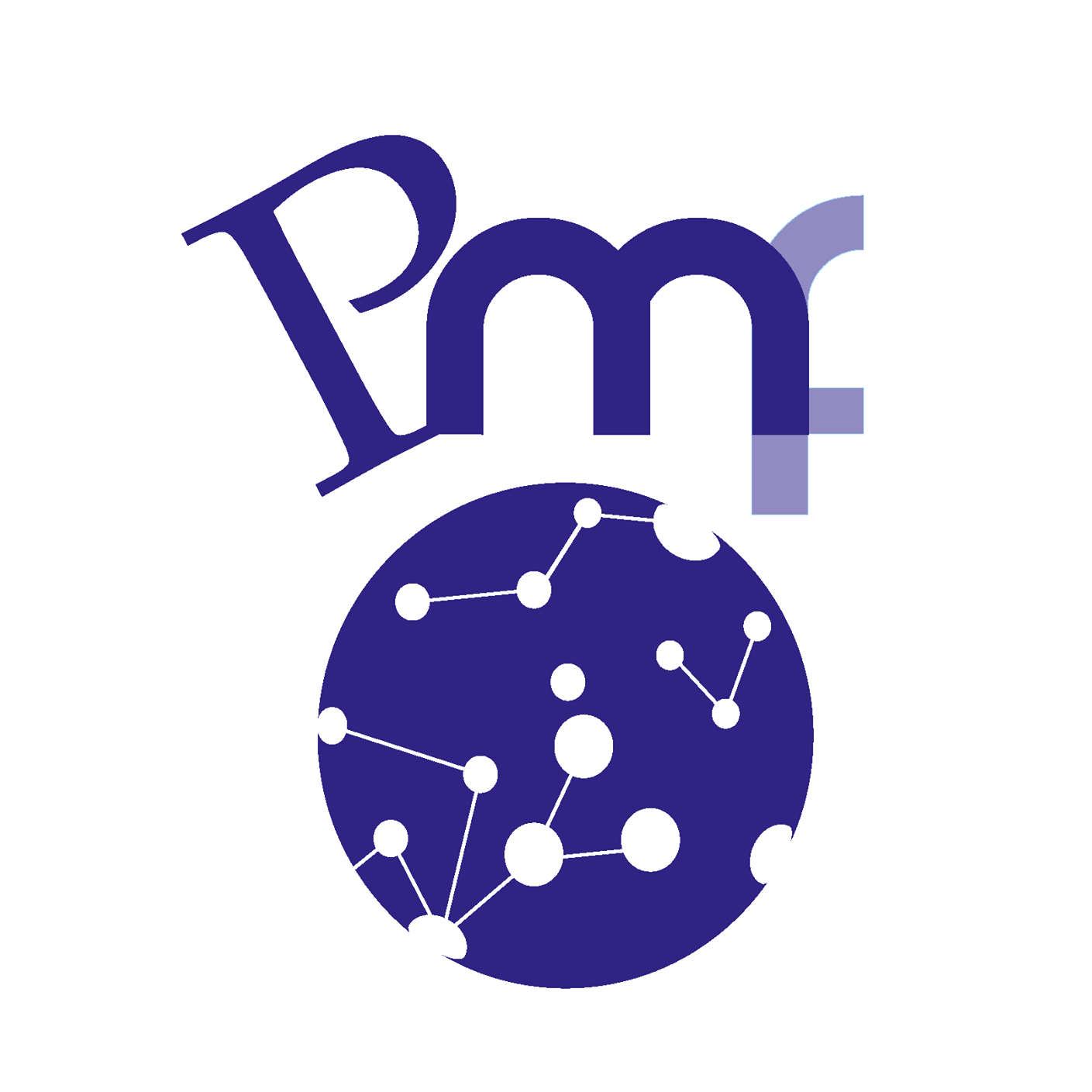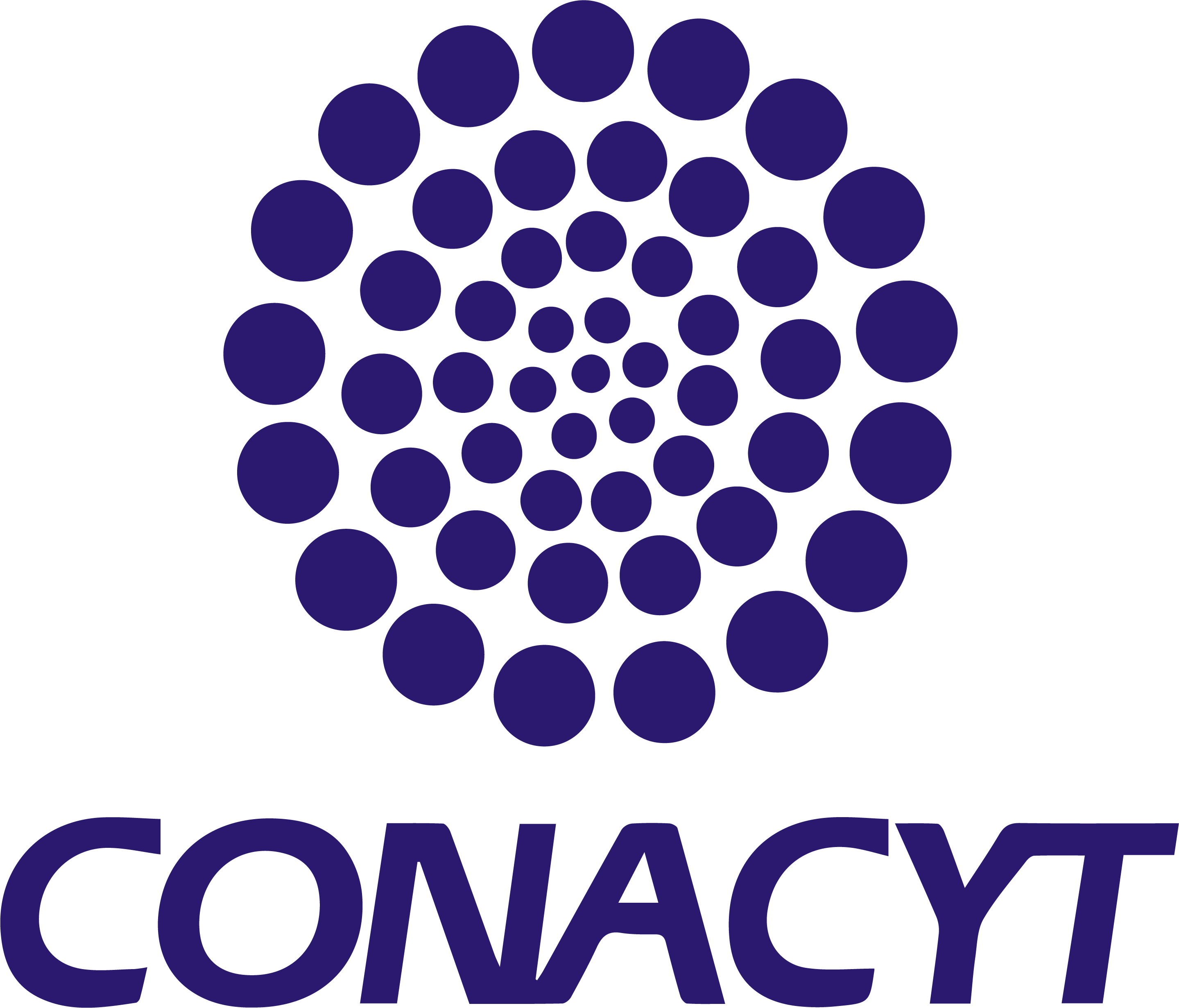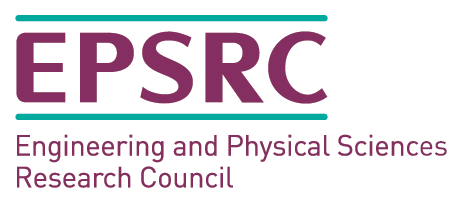Recent progress in quantitative analysis of multiscale media
Venue: Department of Mathematics, Faculty of Science, University of Split
Scientific Committee: Saša Krešić-Jurić (University of Split), Stephen Shipman (Louisiana State University), Ricardo Weder (National Autonomous University of Mexico)
Organising Committee: Kirill Cherednichenko (University of Bath), Tonći Crmarić (University of Split), Luis Silva (National Autonomous University of Mexico), Igor Velčić (University of Zagreb)
The meeting will focus on recent progress in analytical techniques for the analysis of composite media, where the presence of a contrast in either geometric or material features of the problem leads to "non-classical" effective descriptions. In particular the meeting will feature a discussion of the behaviour of fluid-solid structures, where one additionally faces a change in the momentum balance equations as well as the interface conditions between different components within the composite.
Talk schedule
Monday 29 May
9:30--10:00: Arrival and coffee
10:00--11:00: Igor Velčić "Derivation of the model of the poroelastic plate by simultaneous homogenization and dimension reduction"
Abstract: We discuss the derivation of the linear poroelastic plate model by letting two parameters go simultaneously to zero in a linear fluid-solid structure -- those being the size of the cell and the the thickness of the plate. We discuss the derivation of the model under the assumption that the size of the cell is significantly smaller than the thickness of the plate. In the limit we obtain the quasistatic and evolution Biot's plate models. In this way the quasistatic model previously derived by Marciniak-Czochra and Mikelić in "A rigorous derivation of the equations for the clamped Biot-Kirchhoff-Love poroelastic plate" (ARMA 2015) is obtained by dimension reduction and, assuming that the elasticity tensor is isotropic, is justified by simultaneous homogenization and dimension reduction and generalized to the case of a general elasticity tensor. This derivation can also be used for deriving the model of a contact between poroelastic and elastic plates. This is a joint work with Pedro Luis Hernandez Llanos and Josip Žubrinić.
11:00--11:30: Coffee
11:30--12:30: Julius Kaplunov "Asymptotic analysis of fluid-loaded elastic plates"
12:30--14:00: Lunch
14:00--15:00: Kirill Cherednichenko "Norm-resolvent convergence for Neumann Laplacians on manifolds thinning to graphs"
Abstract: I will give a brief introduction to the subject of approximating "thin" elastic structures by "singular" ones. I will then present some recent results on norm-resolvent convergence with an order-sharp error estimate for Neumann Laplacians on thin domains converging to metric graphs. This is joint work with Yulia Ershova (TAMU) and Alexander Kiselev (Bath).
15:00--16:30: Coffee and open research discussion
Tuesday 30 May
10:00--11:00: Andrijana Ćurković "The interaction between a thin fluid layer and an elastic plate"
11:00--11:30: Coffee
11:30--12:30: Danila Prikazchikov "Asymptotic model for the Rayleigh wave for seismic metasurfaces"
12:30--14:00: Lunch
14:00--15:00: Marin Bužančić "Effective quasistatic evolution models for perfectly plastic plates with periodic microstructure"
15:00--16:30: Coffee and open research discussion
Wednesday 31 May
10:00--11:00: Yi Sheng Lim "An operator-asymptotic approach to periodic homogenization applied to equations of linearized elasticity"
11:00--11:30: Coffee
11:30--12:30: Josip Žubrinić "Spectral and evolution analysis of thin elastic domains in high-contrast regime"
12:30--14:00: Lunch
14:00--15:00: Mario Bukal "Derivation of reduced models for micro-fluidic channels"
Abstract: We consider an interaction between a thin layer of an incompressible viscous fluid and an elastic structure, a phenomenon occurring in micro-fluidic channels. Our aim is to analyze the full-size nonlinear fluid-structure interaction (FSI) problem and to rigorously derive corresponding reduced models, which are favorable in engineering modeling. This is a singular limit problem in terms of the vanishing relative fluid thickness, which is carried out based on suitable energy estimates and uniform no-contact results for FSI systems. Reduced models are justified in terms of weak convergence results in the sense that weak limits of solutions to the full-size FSI problem are identified in a relation with solutions of the reduced model. The talk is based on joint work with B. Muha (University of Zagreb).
15:00--16:00: Saša Krešić-Jurić "Gauge transformations and symmetries of evolution equations"
Abstract: Integrable systems such as the Korteweg-de Vries and nonlinear Schroediger equation constitute a class of nonlinear partial differential equations that exhibit many remarkable properties. In this lecture we study integrable systems formulated as a zero-curvature equation on a Banach Lie algebra. We show that the zero-curvature equation can be derived from the Riemann-Hilbert factorization on a Banach Lie group. This construction yields an infinite hierarchy of many well-known integrable systems. We show that by solving the factorization problem for special initial conditions one obtains soliton solutions of the equations. Gauge transformations on the zero-curvature equation can be interpreted as different types of the factorization problem on the underlying Banach Lie group. Such transformations provide a map between solutions of two gauge equivalent systems as illustrated by the nonlinear Schroedinger and Heisenberg magnet equations. If time permits, we will show that residual gauge transformations can be used to construct a hierarchy of inifinitesimal symmetries of the zero-curvature equation and related local conservation laws. This method is illustrated by the Kortweg-de Vries equation.
16:00--17:30: Coffee and open research discussion
Thursday 1 June
9:30--10:30: Dario Bojanjac "Engineering perspective on metamaterials"
Abstract: Metamaterials are artificially made materials engineered to have a property that cannot be found in nature. They are usually constructed from assemblies of tiny plastic or metallic elements arranged in periodic patterns with characteristic length smaller than the wavelength. Using metamaterials as a building block, it is possible to produce objects such as superlense, electromagnetic cloak, ultrasound detector, high gain antenna and others. In this talk we will present recent developments and applications of metamaterials in electrical engineering, especially in problems connected to antennas. We will mention electromagnetic metasurfaces, a one-layer metamaterials, as a standard way of controlling wavefront of a radiating or receiving electromagnetic wave.
10:30--11:00: Coffee
11:00--12:00: Mikhail Cherdantsev "High-contrast random composites: homogenisation framework and new spectral phenomena"
Abstract: We study the homogenisation problem for elliptic operators in the divergence form with high-contrast random coefficients. In particular, we are interested in the behaviour of their spectra. We assume that on one of the components of the composite the coefficients are ''of order one'', the complimentary ''soft" component consists of randomly distributed inclusions, whose size and spacing are small, and the coefficients on the soft component exhibit the so called double-porosity scaling.
Our interest in high-contrast homogenisation problems is motivated by the band-gap structure of their spectra. From an intuitive point of view this phenomenon can be explained by viewing the "soft'' inclusions as micro-resonators, which may dramatically amplify of completely block the propagation of waves in the medium, depending on the frequency. From a mathematically rigorous perspective, this was first analysed by Zhikov (2000, 2004) in the periodic setting.
In this talk I will present our recent results and the ongoing work in this area, including the scalar case, linear elasticity systems and eigenfunction localisation on a defect.
12:00--13:30: Lunch
13:30--14:30: Luis Silva "Scattering theory for difference equations with operator coefficients"
Abstract: The fundamentals of the stationary scattering theory for difference equations with operators coefficients are presented. The emphasis is in coefficients that are operators in infinite dimensional spaces. In the talk, we construct the transmission and reflection coefficients from the Jost operator solutions. The scattering matrix is characterized and some results known for the case of matrix coefficients is extended to our setting.
This talk is based on an ongoing collaboration work with David Sher, Boris Vertman, and Monika Winklemeier.
14:30--15:00: Coffee and open research discussion
Friday 2 June
10:00--10:30: Coffee
10:30--12:30: Open research discussion
12:30--14:00: Lunch and closure
Participants
| Bath | UNAM | Zagreb | Split | Other |
|---|---|---|---|---|
|
Kirill Cherednichenko
Yi Sheng Lim
|
Luis Silva
|
Dario Bojanjac
Mario Bukal
Marin Bužančić
Josipa-Pina Milišić
Igor Velčić
Josip Žubrinić
|
Andrijana Ćurković
Saša Krešić-Jurić
|
Mikhail Cherdantsev (Cardiff)
Julius Kaplunov (Keele)
Danila Prikazchikov (Keele)
|



